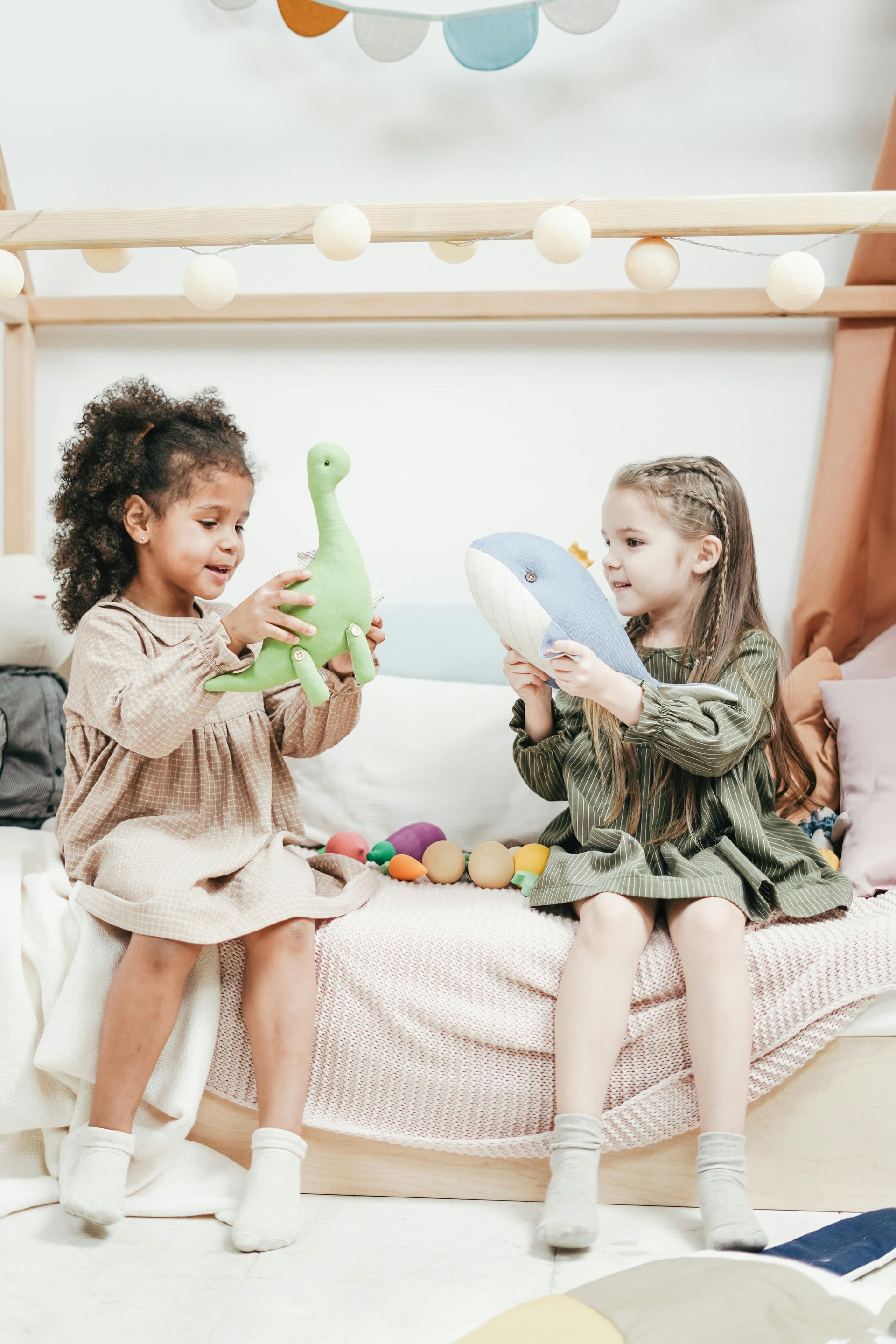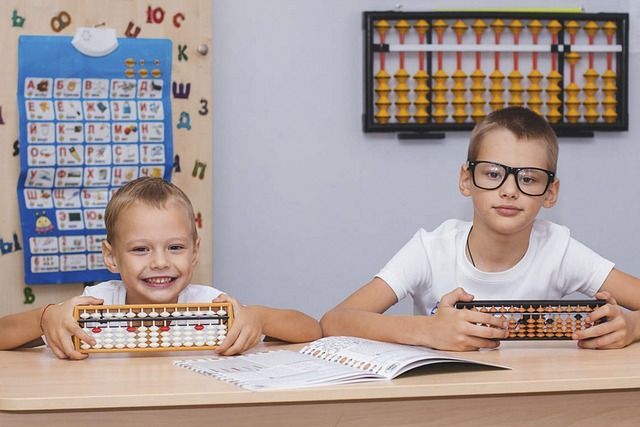Building Self-Confidence in Kids: A Guide for Teachers and Parents
Every parent and teacher knows how important it is for kids to feel good about themselves. Self-confidence isn’t just about believing you can do something—it's the foundation for success in school and life. When children feel confident, they take on challenges, handle setbacks, and celebrate victories. But how do you build that confidence in children? And how do you maintain it?
I’m school assembly presenter Joe Romano. I’ve worked with children for over 30 years and seen firsthand how small changes can make a big difference. Whether you're a teacher, a parent, or both, here are some concrete ways to nurture self-confidence in kids.
Why Self-Confidence Matters
Self-confidence isn’t just a "nice to have" trait; it’s essential for growth. When children believe in their abilities, they’re more likely to try new things, ask questions, and take risks. On the flip side, a lack of confidence can hold kids back, making them afraid to make mistakes or step out of their comfort zones.
Self-confidence also plays a major role in emotional regulation. Kids with healthy self-esteem handle frustration and disappointment better. They don't give up as easily because they know that failures are just stepping stones to success.
Tip #1: Positive Reinforcement is Key
Positive reinforcement is one of the most effective ways to boost a child’s self-esteem. When kids do something well, acknowledge it! Praise the effort, not just the outcome. For example, instead of saying, “Good job, you got an A!” try saying, “I love how hard you worked on that project!” This helps them connect effort with success.
As a teacher, it’s vital to create an environment where students feel valued for their hard work, not just their grades. This is where the concept of a growth mindset comes into play.
Tip #2: Encourage a Growth Mindset
A growth mindset is the belief that abilities and intelligence can be developed through hard work and perseverance. When kids embrace a growth mindset, they see challenges as opportunities to learn, rather than as signs of failure.
One powerful way to foster a growth mindset is by teaching children to reframe their mistakes. Instead of saying “I’m bad at math,” encourage them to say, “I can improve at math with practice.” This simple change in language can have a big impact on a child's ability to persevere.
As a parent or teacher, celebrate effort over perfection. Let children know that failure is not something to fear, but something that everyone experiences—even adults. They’re not alone.
Tip #3: Let Kids Make Choices
Empower kids by allowing them to make decisions. When children have choices, they feel more in control of their lives. This sense of agency boosts their self-confidence.
At school, give children opportunities to choose their learning activities, when possible. At home, let them choose how they want to organize their homework or what chores they prefer to tackle first. These small decisions build a child's confidence in their ability to take charge.
Tip #4: Set Realistic Expectations
While we all want our kids to succeed, setting unrealistic expectations can lead to feelings of inadequacy. When children constantly feel like they’re not meeting their parents' or teachers' standards, their confidence can take a hit.
Instead, set achievable goals that allow children to experience success. This doesn't mean lowering your expectations—it means finding ways to help children reach their potential at their own pace. When kids meet goals they’ve set for themselves, their confidence soars.
Tip #5: Teach Kids to Handle Setbacks
Confidence isn't just about winning or succeeding—it's also about learning how to handle setbacks. Teach children that setbacks are a normal part of life and that they don’t define their abilities.
You can help by modeling resilience. When things don’t go your way, talk about it with your child. Show them that it’s okay to be disappointed but that it’s important to keep trying.
In school, allow students to try again after making mistakes. Let them know that learning often involves trial and error. This approach will help them understand that setbacks aren’t failures—they’re just part of the process.
Tip #6: Focus on Strengths
Every child has unique strengths and talents. Help children recognize their strengths and encourage them to pursue activities that allow them to shine. This can boost their self-worth and remind them that they’re capable of great things.
As a parent or teacher, make an effort to notice and praise the things kids do well. Whether it’s drawing, reading, sports, or problem-solving, acknowledging their talents reinforces their belief in themselves.
Tip #7: Create a Safe and Supportive Environment
A positive, supportive environment is essential for building self-confidence. Children thrive when they feel safe to express themselves and try new things without fear of judgment.
As a teacher, create an inclusive classroom environment where every student feels valued and respected. Incorporate group activities that encourage collaboration and teamwork. As a parent, make sure your home is a place where your child feels comfortable making mistakes and asking questions.
Tip #8: Be a Role Model
Children often look to the adults around them as role models. If you want your child to be confident, show them how it’s done. Display confidence in your own actions, whether you're tackling a new project, handling a challenging situation, or simply expressing your own thoughts and feelings.
Let your child see that confidence comes from believing in yourself and taking action. When they see you embracing challenges, they'll feel empowered to do the same.
Building Confidence: The Long-Term Approach
Building self-confidence in kids isn’t an overnight process. It takes time, patience, and consistent effort. But the results are worth it. Children who feel confident are better equipped to handle challenges, both academically and in life.
Whether you’re a teacher, a parent, or both, the best thing you can do is create an environment where children feel supported, encouraged, and empowered to take risks and try new things. And remember, self-confidence isn’t about being perfect. It’s about believing in your ability to learn, grow, and succeed—even when things don’t go according to plan.
Conclusion
Building self-confidence in kids requires a combination of encouragement, support, and opportunities for growth. By applying positive reinforcement, fostering a growth mindset, and celebrating small victories, you can help children feel confident in themselves and their abilities. Whether you’re a parent or a teacher, your support plays a critical role in shaping a child’s sense of self-worth.
Want a Fun Way to Build Self Confidence?
My newest school assembly, “Smile! It’s Magic!” gives students simple strategies for building their confidence. Find out more today!
SHARE POST



